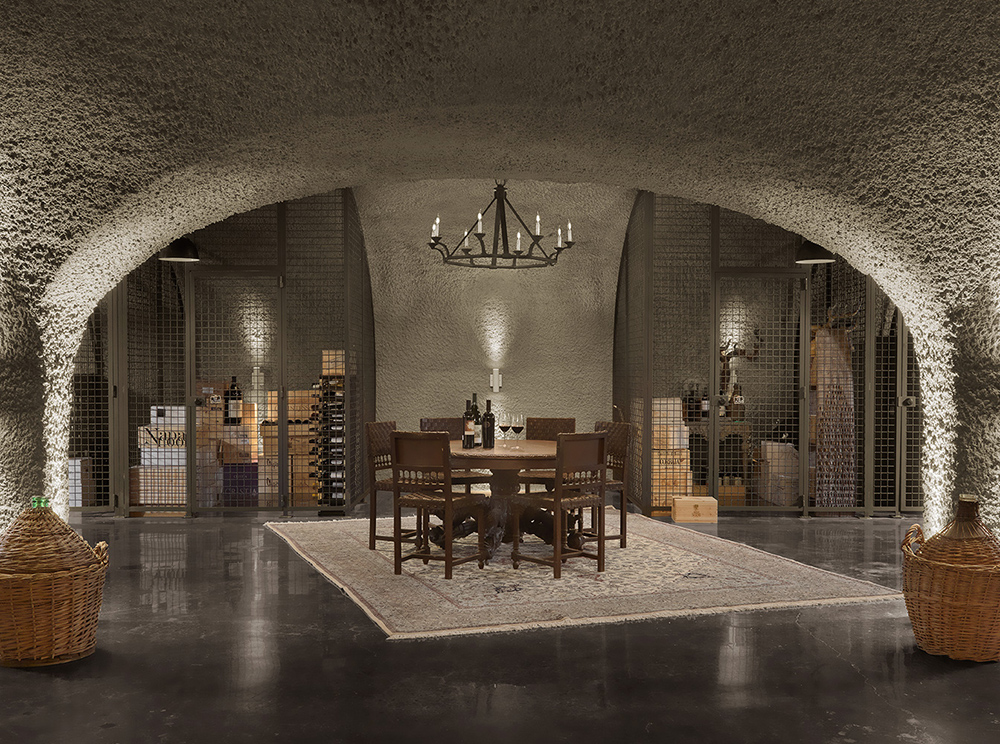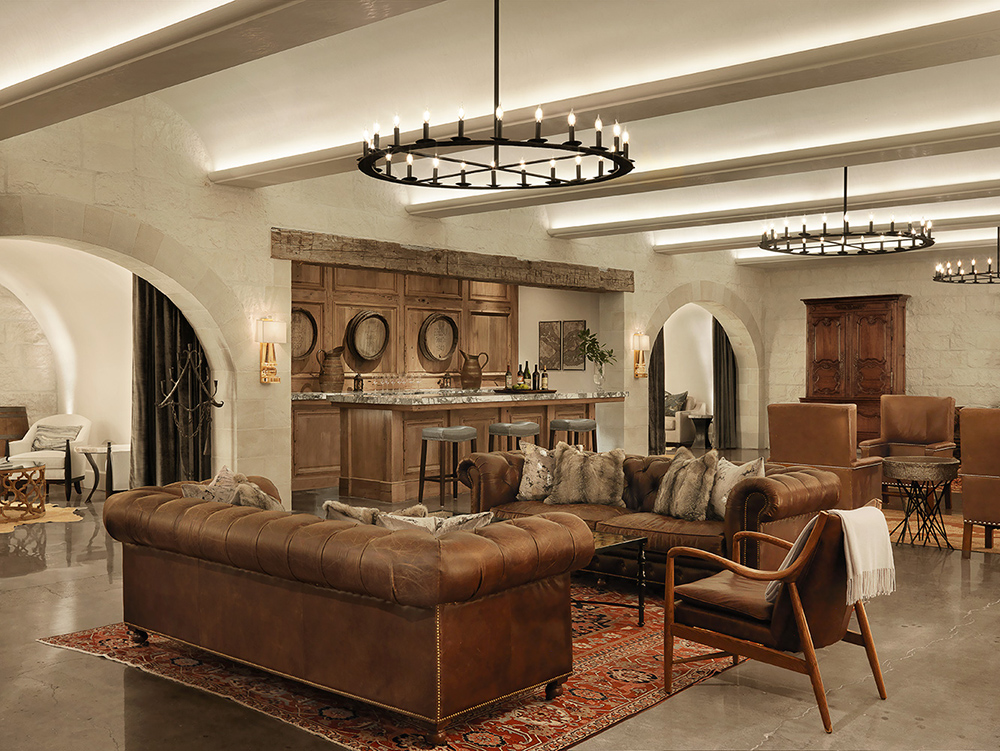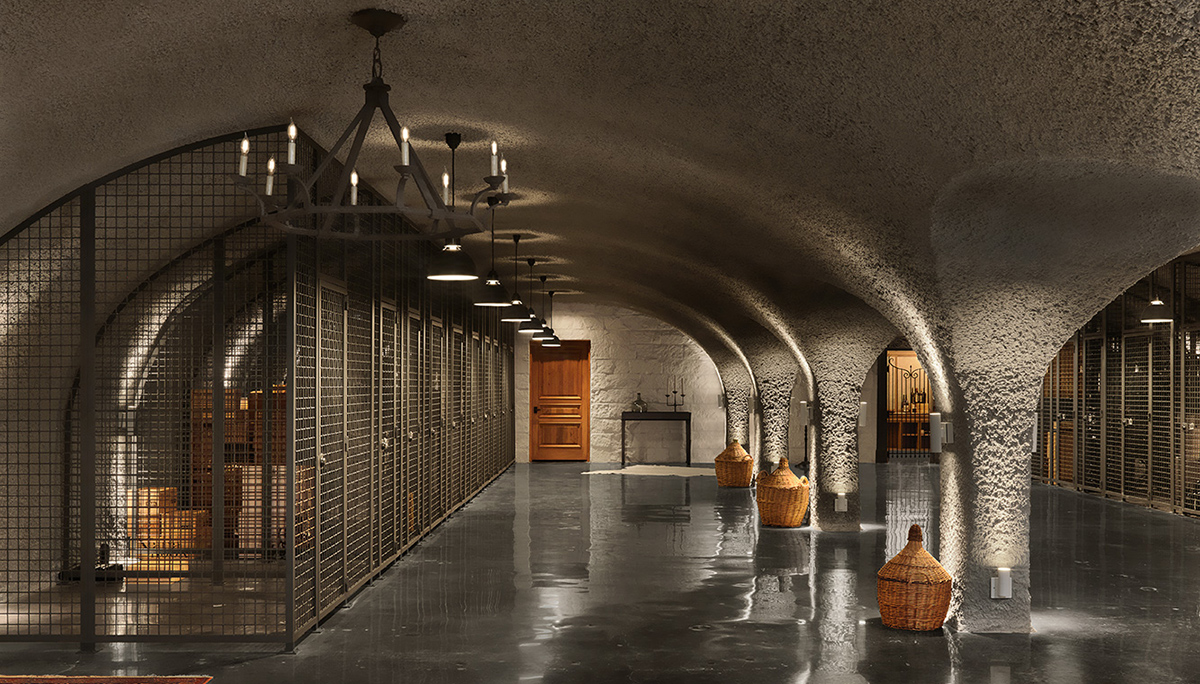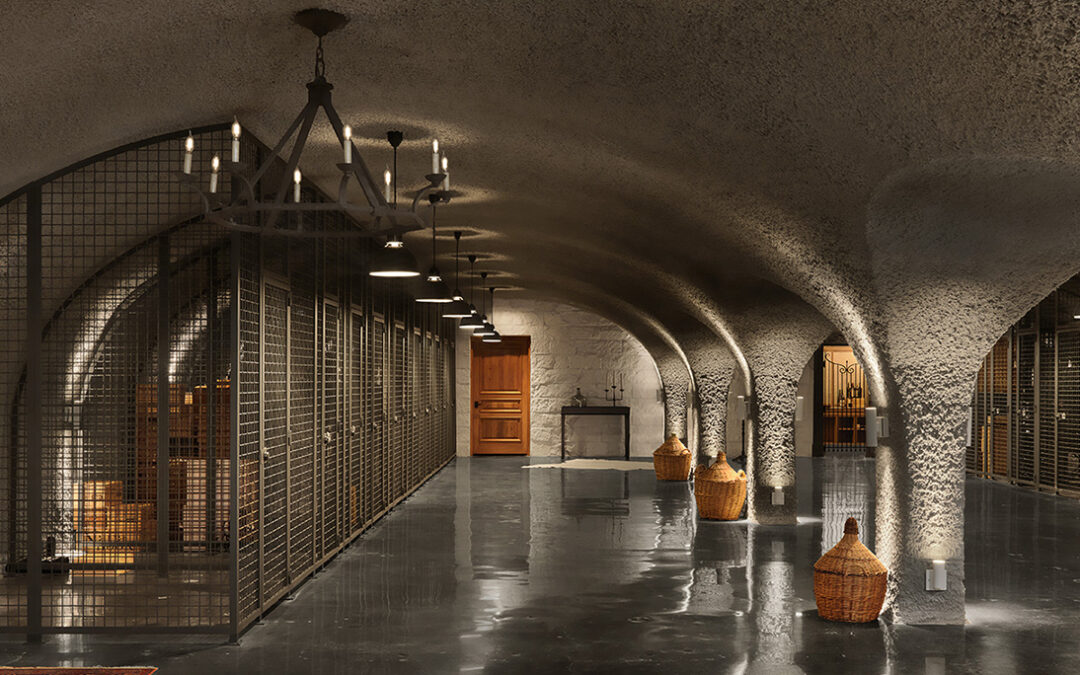 The Oxford Dictionary defines an “idyll” as an extremely happy, peaceful, or picturesque scene, and as such, the grounds and various facilities at The Clubs at Houston Oaks fit the definition to a tee. A short drive past the far edges of suburban Houston on Highway 290, is Hegar Road, the turnoff that eventually leads to the beautiful 950-acre property. Though less than 40 miles from the Houston Galleria area, the sunny pastures and vast tracts of moss-covered live oaks give the feeling of being so much farther away. Even the beautifully manicured driveway from the welcome gate to the clubhouse shifts the mood to having left the country altogether.
The Oxford Dictionary defines an “idyll” as an extremely happy, peaceful, or picturesque scene, and as such, the grounds and various facilities at The Clubs at Houston Oaks fit the definition to a tee. A short drive past the far edges of suburban Houston on Highway 290, is Hegar Road, the turnoff that eventually leads to the beautiful 950-acre property. Though less than 40 miles from the Houston Galleria area, the sunny pastures and vast tracts of moss-covered live oaks give the feeling of being so much farther away. Even the beautifully manicured driveway from the welcome gate to the clubhouse shifts the mood to having left the country altogether.
The lovely villa-style clubhouse, which houses the Club’s main dining, meeting spaces, Golf Shop, locker rooms and administrative facilities, gives the impression of being nestled in southern France or central Italy. It also seems far older than its actual age. Massive, imported stone fireplaces, French gilded mirrors, fine paintings and tapestries set the tone for the luxurious but decidedly comfortable club. Our team was back at Houston Oaks to meet Sommelier Rebecca Beaman, the Food & Beverage Manager of the club, and to get a tour of the famed “Bunker 55°” on the property.
Before the tour, we were lucky enough to be invited to lunch, where we were able to meet the Club’s CEO, Bob Gusella, communications manager Jennifer Wosnitzky and Executive Chef Nick Zaputil. (Chef Zaputil was gracious enough to join the tour and lend insight into the various wine and food events that have been hosted at the club.) After a fantastic meal, a short drive got us to the wine bunker, hotel/guest quarters, and wine shop, which again, look like they belong in a small European village.
 The star of the show, Bunker 55°, started its existence for very different reasons. In 1956, due to Cold War concerns, the original property owners, Tenneco Oil and Gas, wanted a secure/emergency ‘global gas control center’ outside of their downtown offices in Houston. To make the rural site more enjoyable, the “Tennwood Golf Club” was added as a recreational getaway and retreat for the families and guests of the employees at the site.
The star of the show, Bunker 55°, started its existence for very different reasons. In 1956, due to Cold War concerns, the original property owners, Tenneco Oil and Gas, wanted a secure/emergency ‘global gas control center’ outside of their downtown offices in Houston. To make the rural site more enjoyable, the “Tennwood Golf Club” was added as a recreational getaway and retreat for the families and guests of the employees at the site.
In 1962, during the Cuban Missile Crisis, the company built a 13,000 square foot underground bunker to secure important documents and provide safety for essential personnel. More than a half-century later, the rural property was transformed into the world-class club and picturesque residential site that it is today, with the old bomb shelter providing a unique new function.
By happy accident, the three-foot thick concrete walls and the deep location of the bunker proved perfect for its new life as a premier Napa-styled wine cave. (Incidentally, the “55” pays homage to the ideal temperature for the storage of wine. In concert with its location, an innovative “radiant cooling system” maintains the storage temperatures at 55 degrees Fahrenheit and an ideal humidity of 68%.)
Like the rest of the Club’s facilities, the remodeling of the vast underground space included luxurious details like vaulted brick ceilings, French antiques and paintings, but of course, the enormous temperature-controlled cave and intimate tasting rooms are the main attraction.
 Just beyond the brick entrance, a steep set of stairs leads to a long hallway ending in several elegant rooms with many individual wine lockers and plush accommodations for casual entertaining.
Just beyond the brick entrance, a steep set of stairs leads to a long hallway ending in several elegant rooms with many individual wine lockers and plush accommodations for casual entertaining.
The Bunker frequently hosts private wine tastings and special events, many with the help of Ms. Beaman and her team, and highlights just how integral the wine facility is to the life of the Club’s members.
A large, ground-floor kitchen supports meals for both small and large events. A particularly beautiful set up in the cave was the venue for a fundraiser hosting nearly fifty guests for a seated dinner. Chef Zaputil tells me that events for 100+ guests have been hosted comfortably (if dressed for the decidedly chilly 55-degree environment.)
Despite its various social accommodations, the bunker’s primary function is the safe storage of several thousand bottles of fine and rare wines. In addition to thumbprint security for the common areas, the cave proper has a hi-tech “facial-recognition” system that ensures the bunker’s tenants have exclusive access to their private collections.
The cave itself, though simple, is a stunning space. The long, vaulted room is dramatically up lit, and the sides are divided into many individual cages filled with wooden cases or racks. Brief observation showed stacks of legendary wines from French premier cru houses to Italian powerhouses like Ornellaia and Australian greats like Penfolds; not to mention the most sought-after and expensive California cabernets. The wine staff often help procure fine and rare wines for the members’ collections and tastings.
We finished our wine tour with a visit to the Wine Shop back up on solid ground. Like so much at Houston Oaks, the attention to detail is impressive; but with one lucky twist – the beauty here is for sale. In addition to hundreds of fine wine labels, the shop carries decanters, openers, and trays in addition to various French antiques – a few beautiful food-related paintings caught my eye.
Rebecca showed me a small side-room where the more important allocation stocks for sale are kept. A small sample includes cases of rare California Cult wines like Colgin Estate, cases of legendary Italian Super Tuscans like Tenuta San Guido’s Sassicaia, and spectacular bins of DRC La Tâche. Given this selection, what must be in the secure cave downstairs boggles the mind.
As the tour was up, we sampled a few nice reds and finished with a chilled 2002 Sauternes. I couldn’t help but come home with a stunning 2003 Oremus recommended by Becca.
My thanks go out to CEO/GM Bob Gusella, F&B Manager Rebecca Beaman, Chef Zaputil and Restaurant Sommelier Kaitlin Frazier for sharing the amazing wine facilities at Houston Oaks, and for their gracious hospitality.
Richard Arebalo
OTL Features Editor
